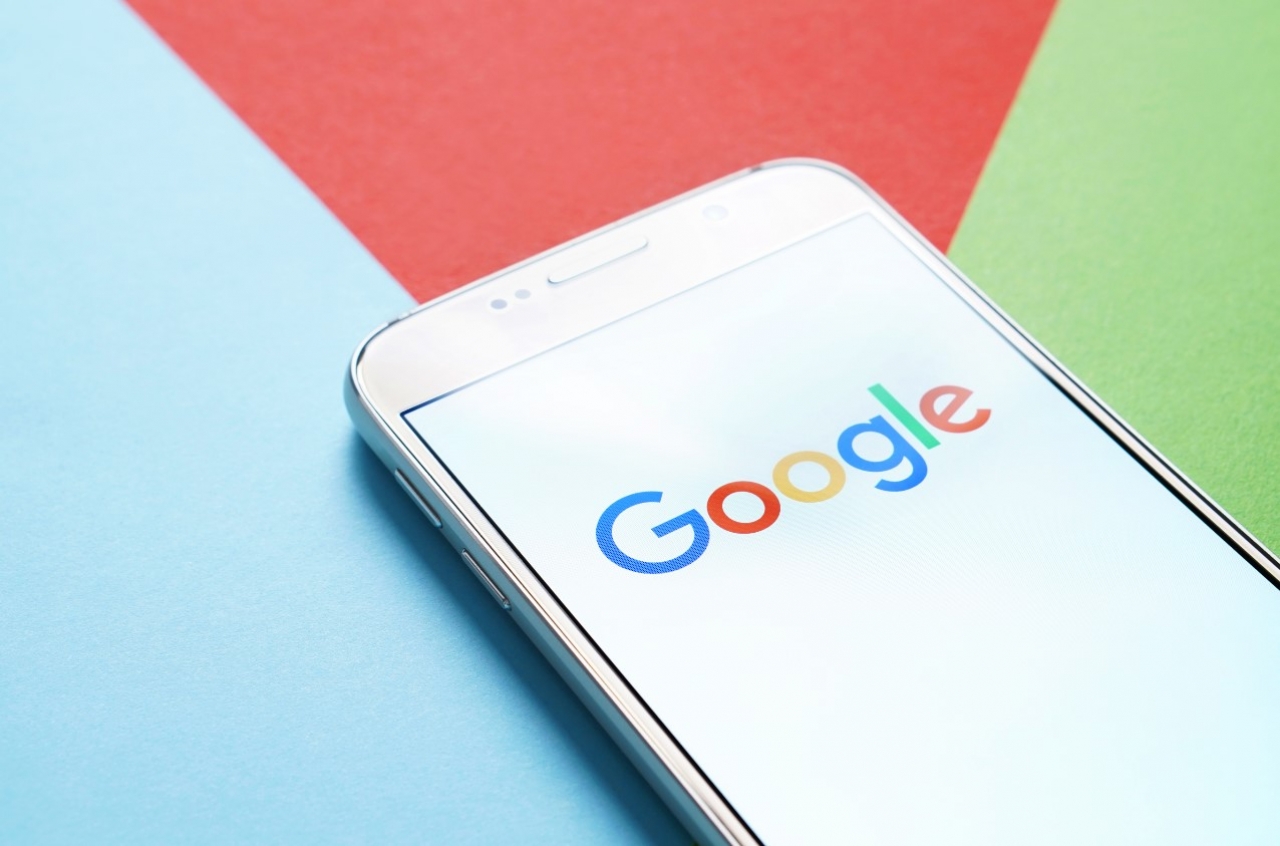Embracing Google’s Algorithm Changes: A Quick Guide For B2B Marketers
- Written by Kelly Lindenau
- Published in Data Management
The popularity of Google is unmatched — it holds a lion’s share of the search engine marketplace at about 92%, rendering other search engines virtually obsolete in the eyes of internet users. To keep hold of its No. 1 spot, the search engine continually updates its algorithm and implements new security and privacy regulations in an effort to create better experiences for its users.
Hot on the heels of its pledge to eliminate third-party cookies by the end of 2021, the latest announcement from the internet behemoth revolves around an essential part of SEO practices.
“Google is preparing to roll out an update this summer in which three specific performance metrics, called ‘core web vitals,’ will be explicitly used to measure page experience,” said Tom Capper, Senior Search Scientist at Moz, in an interview with Demand Gen Report.
Those core web vitals include:
- Largest Contentful Paint (LCP), or how long it takes a website’s main page to load;
- First Input Delay (FID), a metric that quantifies a page’s interactivity; and
- Cumulative Layout Shift (CLS), which determines how often (if at all) users can expect to experience content to jump around on a page.
“Moving forward, you will get a ranking boost on mobile if you pass a threshold on all three metrics, in addition to passing for basic technical hygiene checks — mobile friendliness, HTTPS, safe browsing and no intrusive interstitials,” said Capper.
As a consumer, it’s comforting that Google is taking steps to deliver a better experience for its users, but as a B2B marketer, it deepens the complexity of SEO practices by adding three more boxes to check. To help marketers prepare for these changes, we’ll cover:
- The complexities of Google’s planned algorithm changes;
- How to generate content that meets Google’s new SEO criteria; and
- Technologies to help marketers refine their content marketing strategies.
Adapting To New Changes
While these new changes may pose a temporary headache for organizations as they educate themselves and research the technology needed to meet the new criteria, the changes will ultimately prove beneficial in creating better user experiences.
According to Forrester Sr. Analyst Collin Colburn, the benefits of these new core metrics to the overall user and page experience include improving onsite conversion rates, as 40% of marketers who adopted and/or optimized a cross-functional SEO process saw conversion rate improvement.
For its part, LCP focuses on how quickly a content’s largest piece of media — whether it’s image, video or even text — loads once someone clicks the link from Google search results. According to Colburn, this content load time is influenced by multiple factors, including client-side rendering, server time or if the content is loaded in JavaScript. Ideally, Google believes the largest piece of content should take no more than 2.5 seconds to load.
In terms of CLS, or the visual stability of a page, this metric tracks how quickly the page stabilizes. Colburn explained that this mainly focuses on mobile sites, which are prone to jumping around the page when users try to click a call-to-action button. To provide stability, the media’s dimensions should be defined within the site’s HTML. Google’s benchmark for CLS is less than .1 second.
Finally, for the page’s FID, the interactivity is evaluated by the time it takes a user to move through webpages after they click a button, Colburn said. While there are many elements that factor into FID, some of the main ones include site tags, third-party code or JavaScript. According to Google, it should take less than 100 milliseconds for a page to become interactive.
Given the prominent role HTML and JavaScript play in these core metrics, an inadvertent benefit to these algorithm changes is the increased collaboration between marketing and design teams. However, it’s a Herculean feat to manually keep track of, program and analyze those metrics, even with more internal cohesion. Instead, Capper explained marketers need to take a technology-fueled holistic view of their website’s overall health to create a user experience that outranks competitors on Google’s results list.
Adjusting To New SEO With Technology
As it stands, there are six (Google-backed) technologies that can measure the new core web vitals, in addition to the existing metrics. These include Search Console, PageSpeed Insights, Lighthouse, Chrome DevTools, Chrome UX Report and Web Vitals Extension. To help its users better utilize the provided technology, Moz released new Performance Metrics to work with Google’s technologies.
“The Performance Metrics suite provides marketers with a simplified process to gain a true understanding of their page experience, performance factors and what they need to do to improve them,” said Capper. “It pulls in core web vitals using Google’s Lighthouse, as well as additional performance metrics that can improve the page experience for end users. Through the new beta feature, users can bulk analyze core web vitals and easily prioritize critical issues that need to be addressed in order to continue ranking.”
The algorithm changes — coupled with the amount of technology and related solutions to increase usability and streamline tasks — are understandably overwhelming at first glance. However, there’s no immediate rush in embracing these changes. While the new core metrics will be put into practice later in 2021, “the initial impact may be minimal and ramp up over the next one to two years,” said Capper.
He added that, given the lack of immediate need to adapt these changes and implement technologies, organizations should “start with the fundamentals and solid baseline technical SEO optimization — this will overlap heavily with other areas.”


